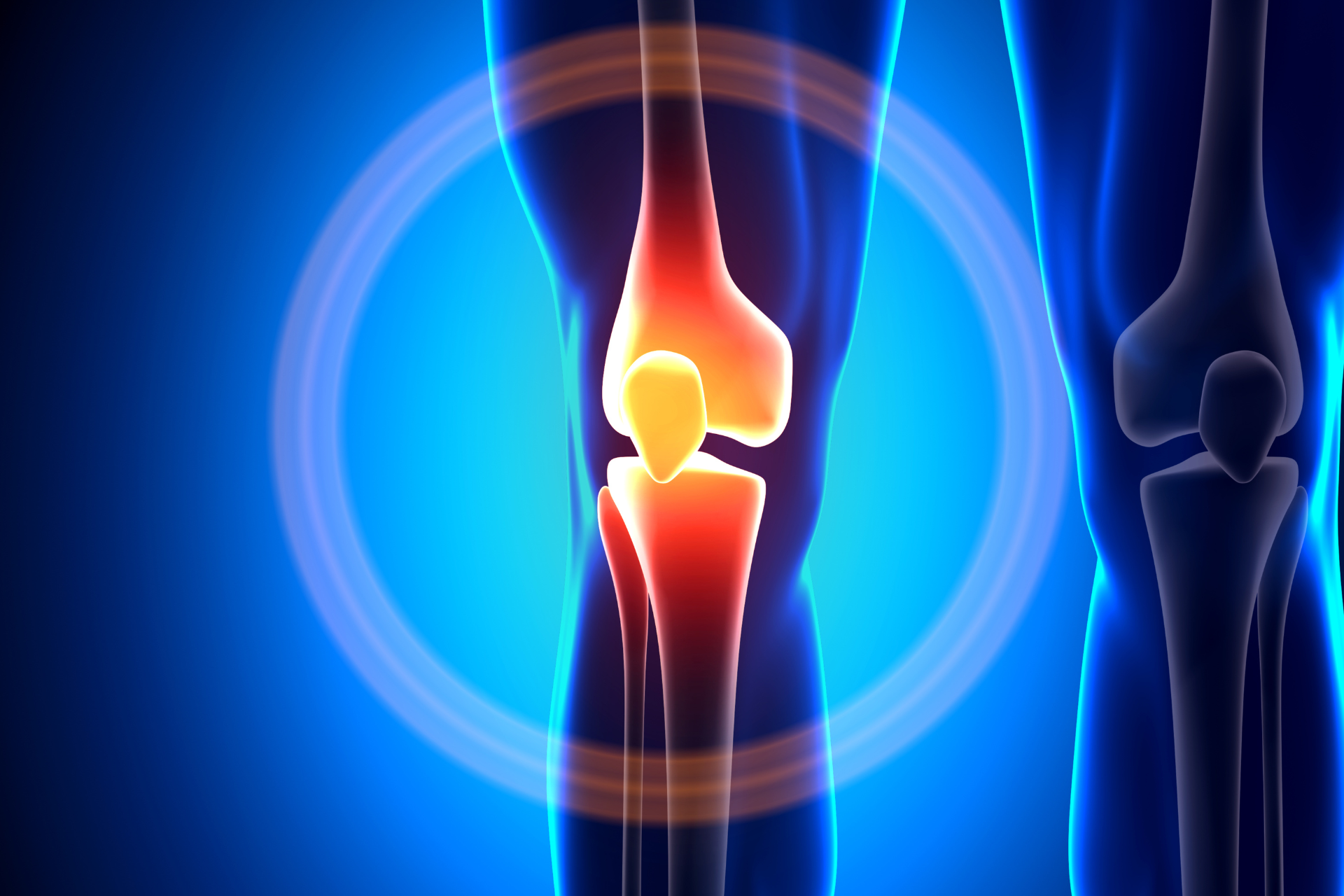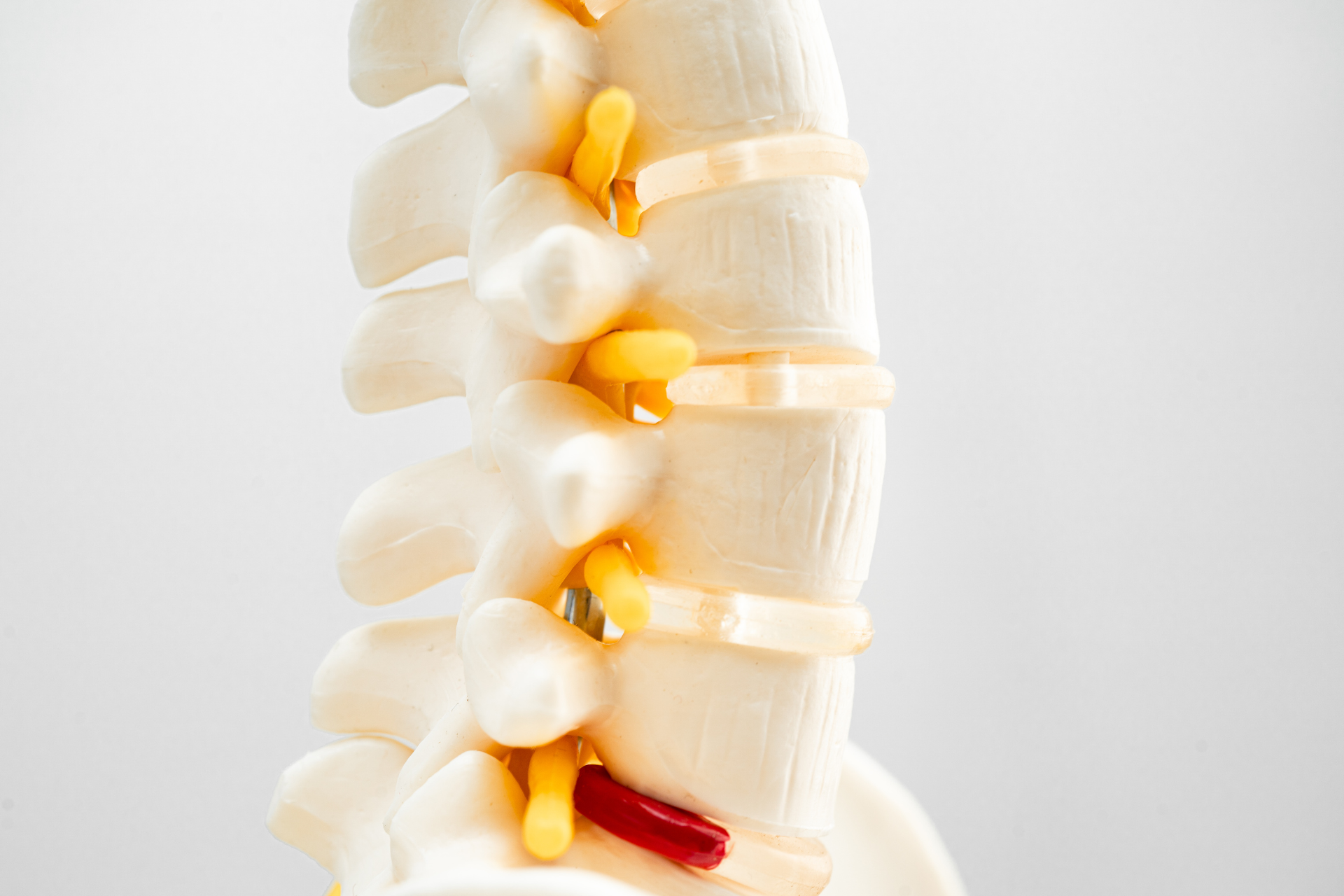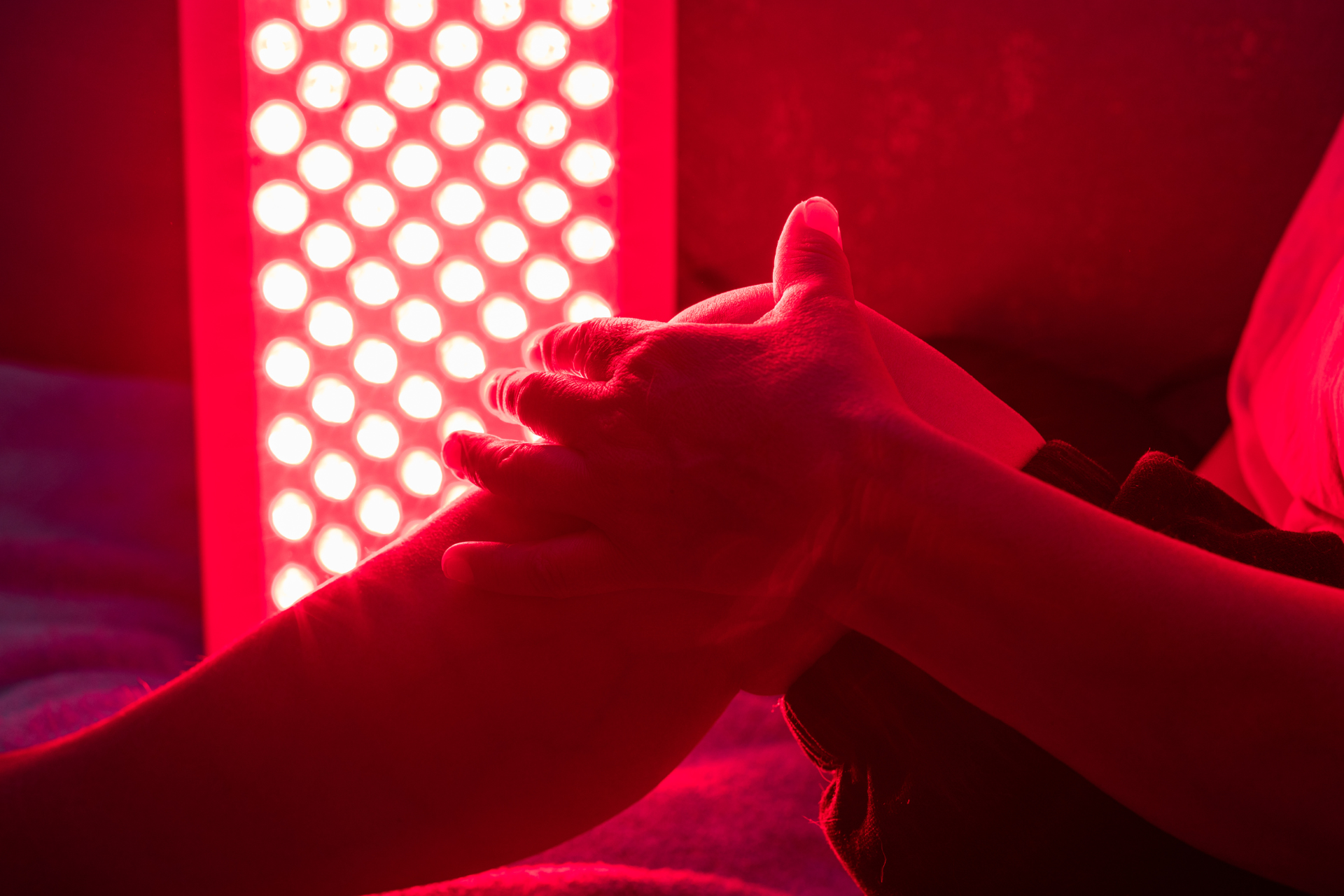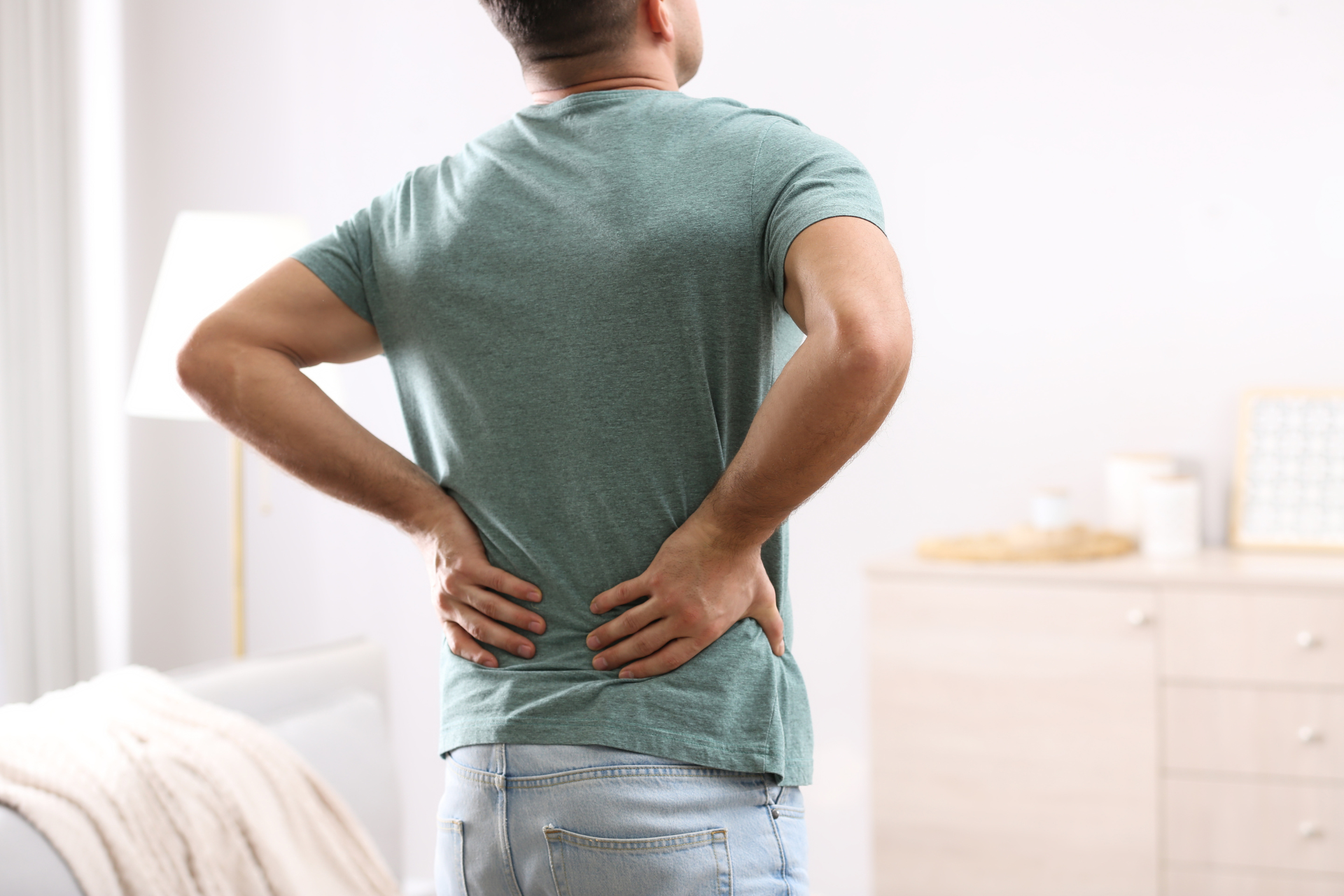Effective Knee Pain Relief with Advanced Decompression Techniques
Knee pain can be a debilitating issue that affects your daily activities and overall quality of life. Whether it's caused by osteoarthritis, misalignment, or inflammation, finding effective relief is crucial. At Corrective Chiropractic, we specialize in non-invasive treatments that target the root causes of pain, including advanced decompression techniques. These methods are designed to not only alleviate pain but also improve joint function and enhance your overall mobility.
Decompression techniques can help alleviate knee pain in several ways:
- Reducing Pressure on the Joint: Decompression techniques can help reduce the compressive forces on the knee joint. This reduction in pressure can help relieve pain, especially if the pain is due to conditions like osteoarthritis.
- Improving Joint Alignment: Decompression can help realign the knee joint, which may improve its function and reduce pain. Misalignment can lead to uneven wear on the cartilage and surrounding tissues, causing pain and stiffness.
- Enhancing Blood Flow: By relieving pressure and improving joint alignment, decompression can enhance blood flow to the knee area. Better circulation can aid in the healing of tissues and reduce inflammation, contributing to pain relief.
- Reducing Inflammation: Decompression may help alleviate inflammation by improving the overall mechanics of the knee joint. This can be particularly beneficial for conditions where inflammation is a major contributor to pain.
- Facilitating Movement and Flexibility: Decompression techniques can help restore or improve the range of motion in the knee. Increased flexibility can reduce stiffness and make movement more comfortable, which can directly impact pain levels.
- Relieving Pressure on Surrounding Structures: Decompression can also help reduce pressure on surrounding structures, such as the ligaments and tendons, which can contribute to knee pain when they are overstressed or compressed.
Overall, decompression can be a useful part of a comprehensive approach to managing knee pain, often in combination with other treatments like strengthening exercises, stretching, and lifestyle modifications. If knee pain persists or worsens, it's important to consult with a healthcare professional for a thorough evaluation and personalized treatment plan.
If you're struggling with knee pain, don't let it control your life. Schedule a consultation with Corrective Chiropractic today, and discover how our decompression techniques can help you move more freely and live more comfortably.






LOCATION:
3708 Forestview Road, Ste 203
Raleigh, NC 27612
FAX: 919-828-5676
© 2023 All Rights Reserved | Privacy Policy | Terms of Use